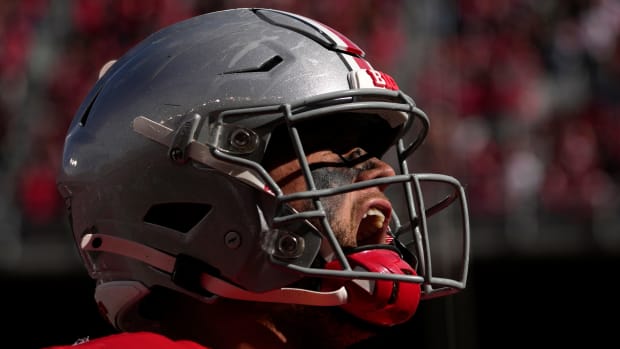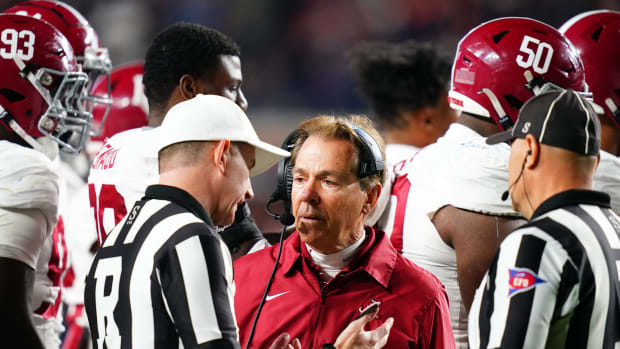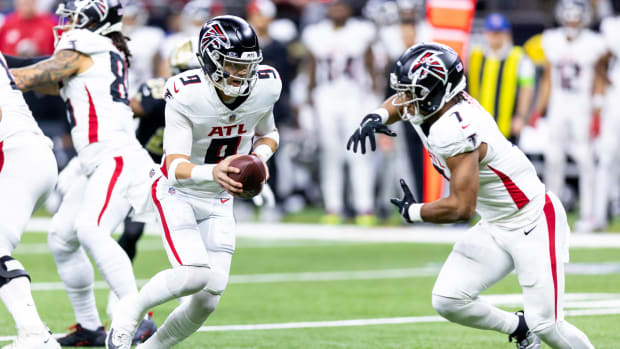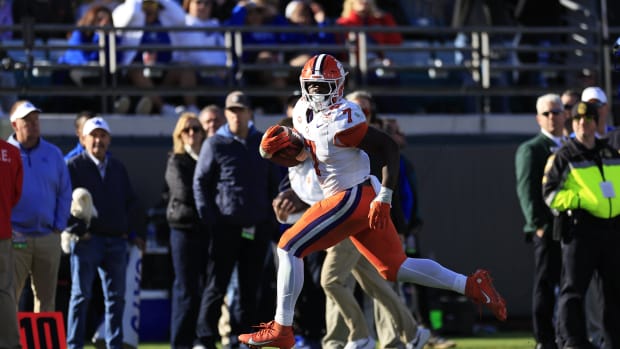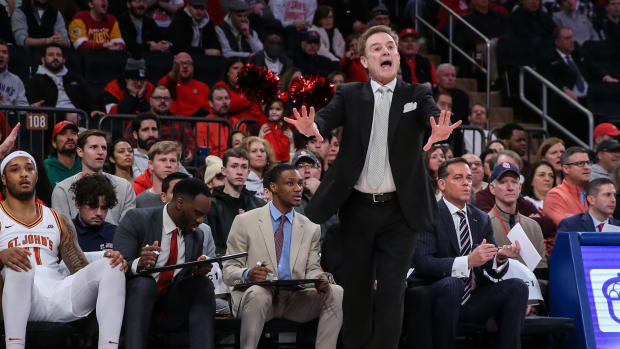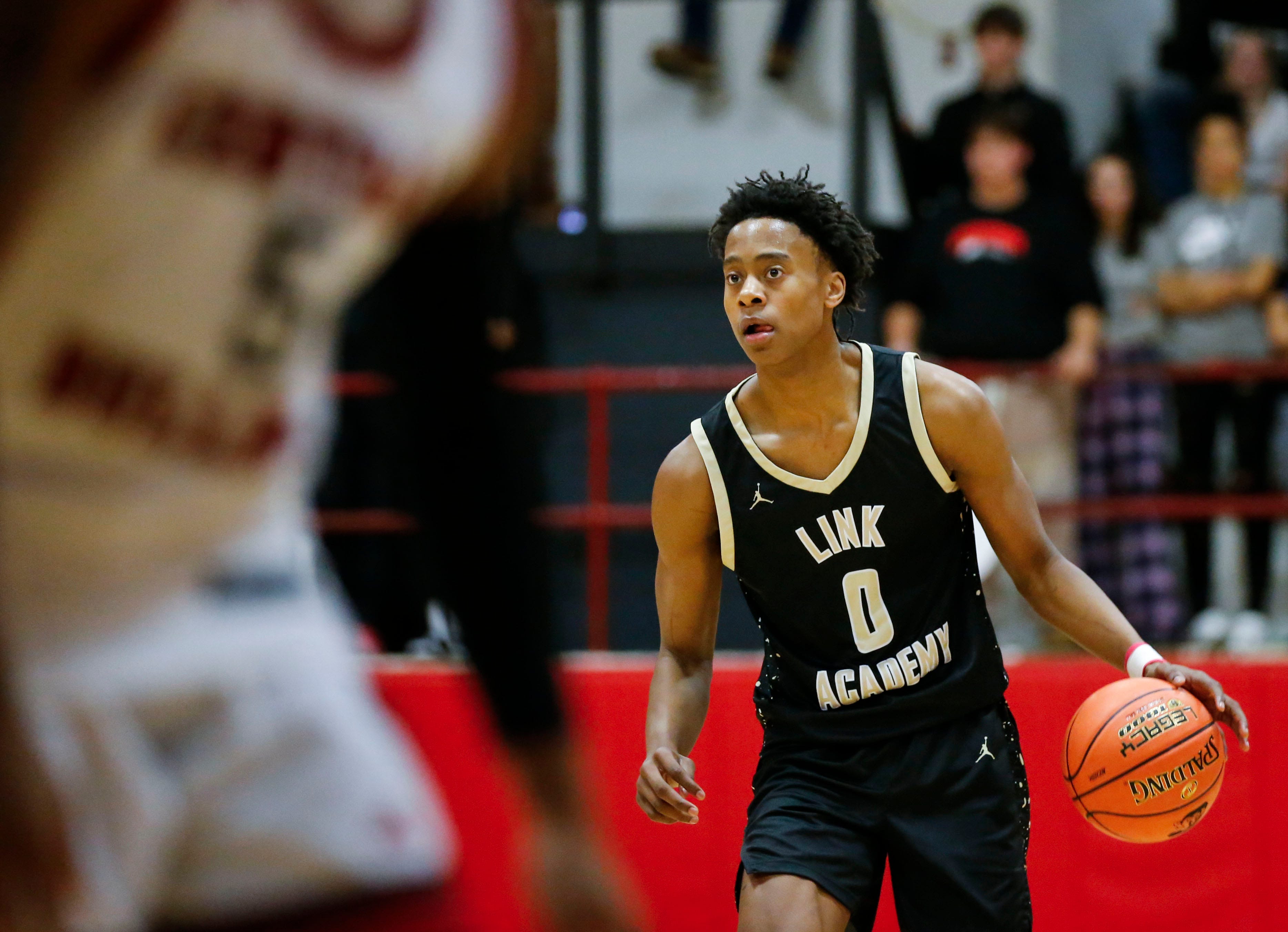
High School NIL: Will Losing Star Athletes Make States Rethink Policy?
Amidst the constant discussion of Name, Image, and Likeness at the collegiate level, not much is reported on High School NIL. While all collegiate athletic programs have been impacted by the NCAA’s change of policy regarding the monetization of student-athletes publicity rights, currently only thirty-three states permit high school students to engage in the “NIL Economy.”
Outside of NCAA guidance, many states have articulated their own regulations for NIL, in-part to regulate a novel economy; and in-part to remain competitive in recruiting battles with schools located in jurisdictions with more athlete-advantageous NIL policies. As of January 2024, 31 states, and the District of Columbia, have active NIL legislation. For college athletes in those jurisdictions, the rules of NIL activities are articulated for them and their institutions to follow, both by the NCAA and their state legislature. For the eighteen jurisdictions without state legislative guidance, the only rules governing publicity rights monetization for college athletes is the NCAA’s guidance on NIL.
While state legislation clearly defines collegiate NIL regulation, when it comes to NIL at the high school level, legislators, except in Texas (and maybe Arizona), choose to punt on the issue entirely.
Texas’ NIL legislation expressly prohibits prospective student athletes from receiving any compensation in relation to their Name, Image, and Likeness; Texas’ law (TX SB1385 § j) reads: “No individual, corporate entity, or other organization may: (1) enter into any arrangement with a prospective student athlete relating to the prospective student athlete's name, image, or likeness prior to their enrollment in an institution of higher education.”
For athletes outside of Texas, there is a vacuum for the regulation of NIL. The NCAA rules do not apply to high-school athletes and state legislatures are unwilling to step in and decide. The overwhelming majority of jurisdictions’ NIL legislation is silent on High School NIL rights. Those states revert into the same position as the eighteen states who have no active NIL policy. So, in the absence of definitive language like Texas, who is calling the shots in these forty-nine jurisdictions? The answer: State high school athletic associations.
State high school athletic associations, much like the NCAA, are privately held and are most often registered as nonprofit corporations. All states’ high school athletic regulators operate with differing ways of enacting rule changes, most often by a committee vote. Depending on the type of quasi-legislative system used and the occupations of those who comprise board membership, private interests can have a significant impact on NIL policy. Most often, the membership of these committees consists of principals and athletic directors.
Simply put, these boards are privately appointed, may often include voters without a fundamental understanding of NIL policy (not that state legislators are any better), and those voting can have personal interests that conflict with unbiased decision making. It is an imperfect system that can likely only be rectified by federal NIL legislation. That legislation, of course, would have to not punt on the topic of high school NIL.
So what athletes are cashing in on high school NIL deals? Recent data out of the Georgia High School Association illustrates just how small of a market exists.
In the four months following the implementation of high school NIL deals in the state, only .001% of athletes have participated in even one such engagement. Is this shocking data, not really. It is important to remember that roughly 2% of high school athletes will go on to play on a NCAA D-I roster. About half of those who are able to secure a roster spot will actually start for their teams. Of those athletes, only a fraction will go on to play at Power 4/High Major Institution that provides a greater likelihood for their student-athletes to secure an NIL deal. An even smaller fraction of those athletes will play basketball and football, the two sports that provide the visibility needed to be an attractive candidate for an endorsement deal. In reality, even at the college level NIL is for very few, at the prep level it is even more rare.
NIL is for two distinct groups of people: influencers, who happen to be high level athletes; and elite athletes who are financially coerced by amateur payment restrictions into becoming influencers. Occasionally, you will find an elite athlete, who is also highly skilled at being an influencer, this select group is cashing in on NIL at the highest rate.
Over the past weeks, Florida High School Athletic Association (FHSAA) has begun polling the public regarding high school NIL policy. Currently, FHSAA does not allow high school NIL. The polling indicates that an upcoming vote is likely to take place within Florida’s prep sports regulatory body regarding NIL and could completely change the landscape of high school sports in the state.
Florida is home to several nationally prolific athletic institutions such as IMG Academy, Montverde Academy, and St. Thomas Aquinas. These schools continually pump out top collegiate and professional prospects. This places Florida in a unique dilemma.
Without high school NIL, the FHSAA has positioned their most prominent high schools at a massive disadvantage. Without the ability for their most elite athletes to monetize their Name, Image, and Likeness, these players are financially incentivized to move elsewhere to secure payment. In essence, crippling the attractiveness of some of the nation’s most lauded prep destinations.
High school athlete migration is not just theoretical, many athletes have already relocated to cash in on their athletic talents before college. Tre Johnson, a five-star recruit and University of Texas commit, left his home in Texas to play his final season of high school basketball in Missouri. Waiting for him in his new state was a multiyear deal with sports card titan Panini. If states are unwilling to allow high school NIL, it is virtually guaranteed that at least some of their most talented athletes will flee for greater opportunity in a less restrictive state.
So, why then do those seventeen states not allow high school NIL? If allowing this market to exist allows high school influencers to compete in athletics without fear of breaking rules, gives the most elite athletes in your state the ability to earn money, and disincentivizes those elite athletes from moving elsewhere to cash in on their brand, why on Earth would any state want place this restriction on high schoolers in their state?
The answer is simple: for the same reason that NIL has gained a bad reputation at the collegiate level, player inducements. As seen at the highest level of collegiate revenue sports, NIL, through NIL Collective’s quasi-salaries that serve as “pay-for-play”, teams have been able to use financial incentives to lure top talent to their programs. Many fear that this same model could be applied to high school athletics.
In keeping with collegiate tradition, high schools could similarly use booster money to pay their athletes and could even form collectives that mirror those at the NCAA level. Has this been seen yet, according to my research, absolutely not. In all fairness, part of the reason for a lack of high school collectives could be that Texas and Florida, two states that are crazy about high school sports, do not yet allow NIL at the prep level.
The outlook for high school NIL is positive. For most states the calculus is clear: retaining the most elite athletes in-state is more important than protecting high schools against an unproven fear of player inducement which could tarnish the “sanctity” and “parity” of high school athletics.
Of course, it is ultimately up to the decision makers in each state’s respective athletic association. While public opinion may lean one way, the authority to change policy remains in the hands of people who may have interests outside of what is best for the student-athletes, or even the state. Throughout 2024, it is likely we see more states embrace NIL at the high school level, without it, they will lose their best talent.
